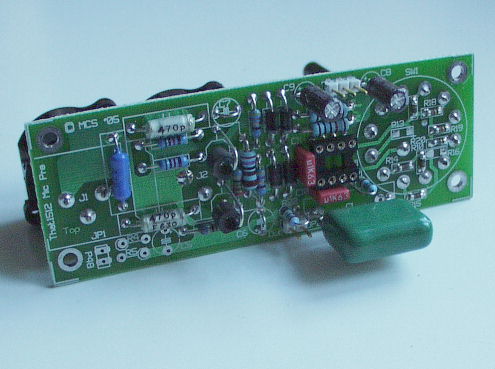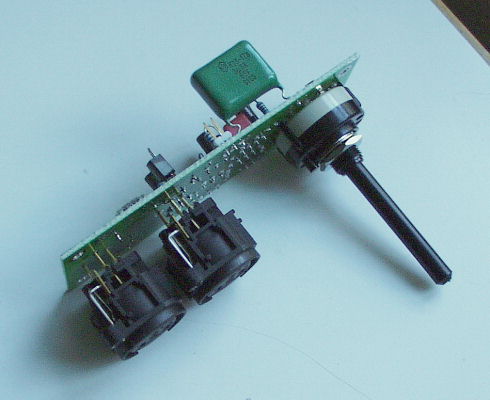[quote author="PRR"]Off-topic: MCS, I want to thank you for preserving the "Improving Williamson" article. I read that when it was nearly new, and thought it was an excellent analysis of an excellent design. I'm not sure I now agree with every opinion and detail, but it is still very worth the time to read. [/quote]
Fell free to add your opinions on the details :grin:
- I have a Williamson monster here somewhere...
http://stiftsbogtrykkeriet.dk/~mcs/Williamson/Williamson.pdf
Best regards,
Mikkel C. Simonsen
Fell free to add your opinions on the details :grin:
- I have a Williamson monster here somewhere...
It looks like you reduced the resolution a bit? Here's a full-resolution version - the file size is actually a bit smaller for some reason.In an idle moment, I collected the three page-scan images into one file, ImprovingWilliamson.PDF, about 290KB. This may be a little easier to re-size and print. Feel free to grab it.
http://stiftsbogtrykkeriet.dk/~mcs/Williamson/Williamson.pdf
Best regards,
Mikkel C. Simonsen






























![Soldering Iron Kit, 120W LED Digital Advanced Solder Iron Soldering Gun kit, 110V Welding Tools, Smart Temperature Control [356℉-932℉], Extra 5pcs Tips, Auto Sleep, Temp Calibration, Orange](https://m.media-amazon.com/images/I/51sFKu9SdeL._SL500_.jpg)



